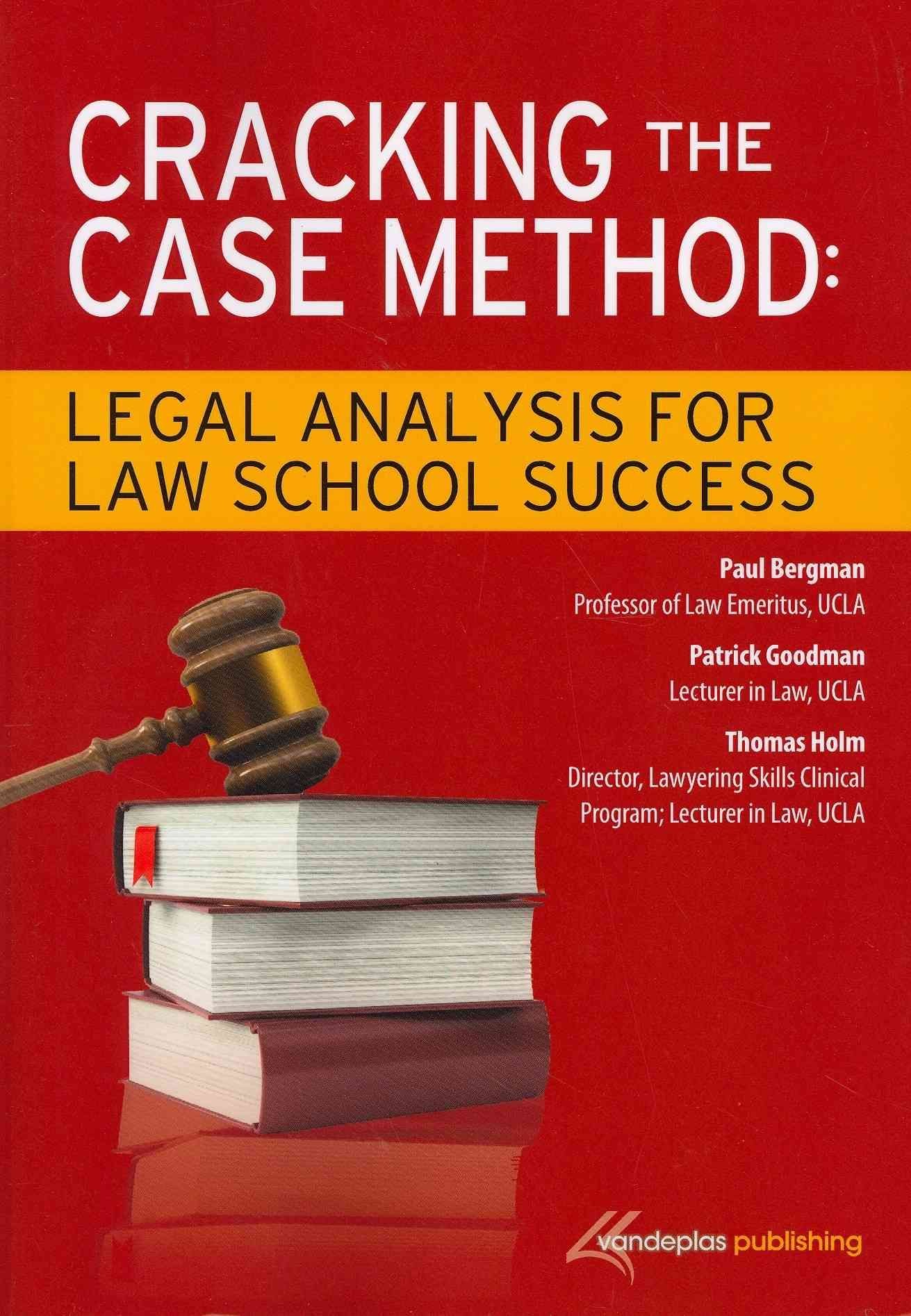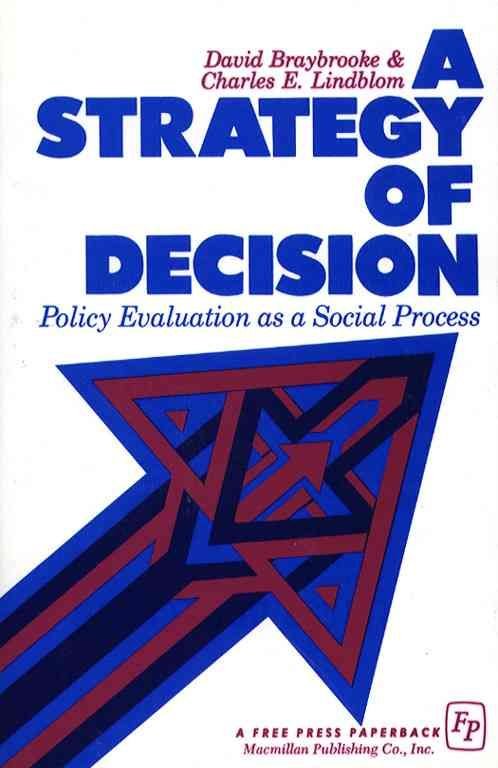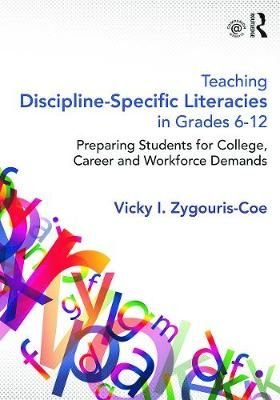Cracking the Case Method is a concise and down-to-earth guide to the intellectual content of law school instruction, particularly in the first year. Readers will discover why and how law school instructors use appellate court cases as vehicles for teaching legal analysis. This book explains that legal analysis is a process by which judges and lawyers use argument (or rhetoric) to connect stories to legal conclusions, and reveals how to read judges’ appellate court opinions as arguments rather than merely as sources of rules. To succeed in law school, students have to apply analytical skills to novel stories by crafting arguments of their own, both in class meetings and when answering final examination essay questions. This book promotes readers’ ability to apply analytical skills by: .Demonstrating how to “brief” cases in a way that captures both arguments and rules; .Explaining and illustrating common types of arguments; .Using actual law school classroom dialogues annotated by the authors to explain how instructors use classes to further law schools’ goal of teaching argument skills; .Setting forth effective final examination preparation strategies and techniques for crafting answers that demonstrate analytical skills; and .Illustrating final exam strategies and techniques by providing actual law school final examination questions followed by model answers annotated by the authors. The subjects that readers will study in law school (whether rules of contracts or processes such as jury trials) all emanate from the Common Law Tradition. To further enhance readers’ analytical understanding and skills, the book concludes with a chapter that provides a brief and colorful overview of this rich and fascinating tradition. The chapter includes comparisons to the common law tradition’s Civil Law counterparts, enhancing the book’s value to all readers.. If you want to achieve academic success in law school, this book provides you with the tools you ne …












